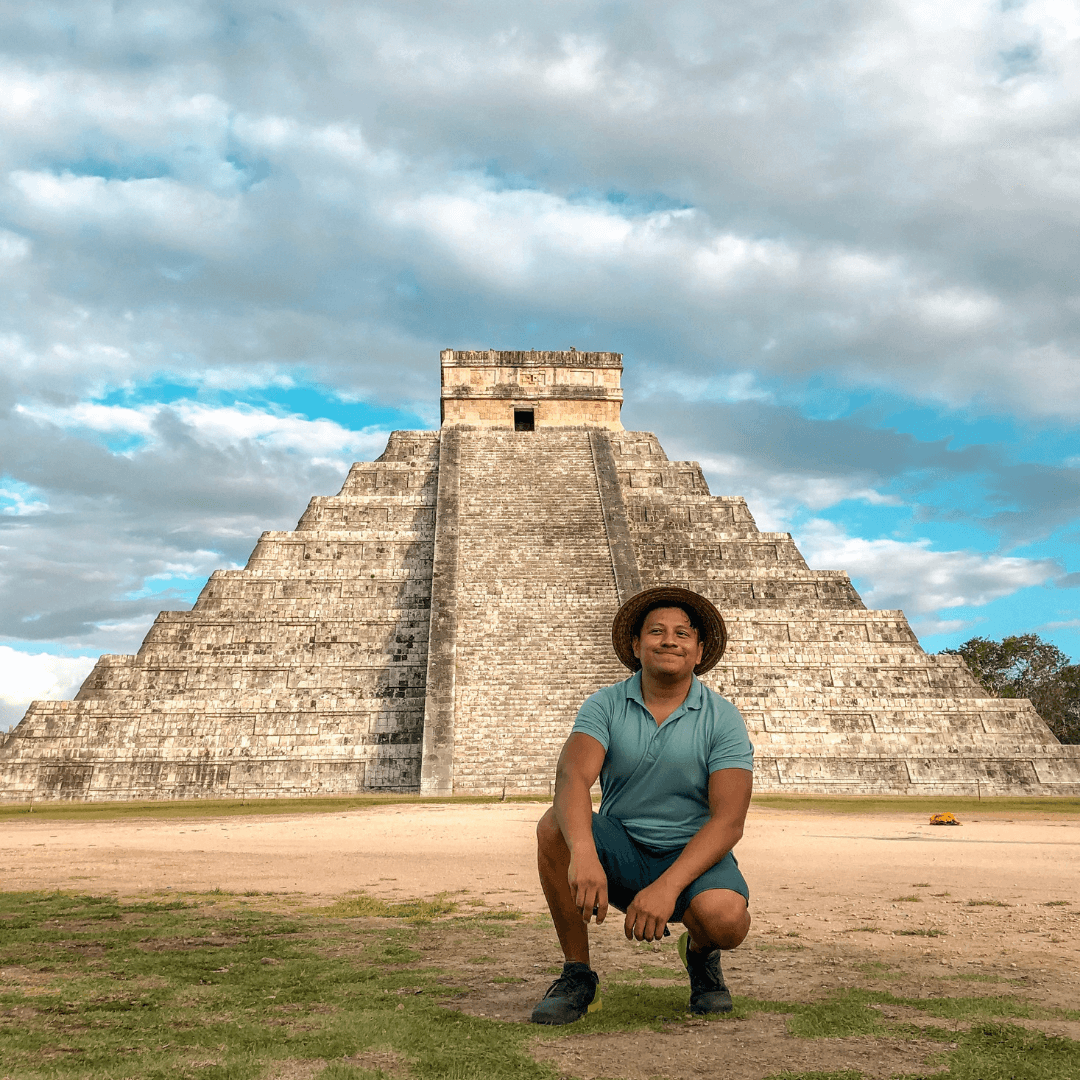What is special about the Yucatecan Regional Theater?
October 12, 2023
An Artistic Tradition in Mexico
What You Need to Know to Enjoy It at the Festival of Life and Death Traditions in Xcaret.
Yucatán is famous for many things: its food, its traditions, its archaeological sites, and its people. However, a tradition has made generations laugh and is now one of the artistic expressions of Yucatecan creativity and wit: Yucatecan Regional Theater!
For over 100 years, this branch of Mexican theater has been a means to address many things through social critique or to entertain its audience.
Before we delve deeper into Yucatecan Regional Theater, let me tell you about its history and how it became what we can enjoy today in many corners of the Yucatán Peninsula.
Yucatecan Theater originated in tents as a parody of zarzuelas performed in Yucatán. Zarzuela is a musical and theatrical genre that combines musical pieces, spoken parts, and vocal parts to tell a story. Its name comes from the Zarzuela Palace, located near Madrid, Spain.

There are many precursors to Yucatecan Regional Theater. The first one emerged in 1874, José García Montero, with his zarzuela "El Rábano por las hojas," better known as "Fiesta en Hunúcma." This was the first time women took to the stage wearing the typical Yucatecan mestiza attire to recite traditional bombas, just over 140 years ago.
However, the peak of this movement was during the 1910s and 1920s, with the Zarzuela company led by Pepe Talavera, which toured the entire state. Nevertheless, history points to the streets of Oxkutzcab in Yucatán, where its success transcended. Due to this, their performances extended, and the actors and actresses had to resort to improvisation, imitating situations and characters from the famous life of the Yucatecans.
It was at this moment that some of the most memorable characters were born, such as "El Uinic," a peasant who wore rolled-up pants, a raw cotton shirt, and a wide-brimmed hat, uneducated, mischievous yet sincere, and whose jokes emerged from these characteristics.
One of the great exponents of Yucatecan Regional Theater was Don Héctor "Cholo" Herrera, who brought to life another recurring character on stage: the city mestizo, a Yucatecan who, without abandoning his regional attire, had a more sophisticated social position due to growing up outside his village.

During the years when this theatrical genre was defined, many more characters were created, like "La Familia Chulim," the protagonists of the revue "Mérida de mis recuerdos," produced by Don Aristeo Vázquez Delgado
In 1950, another character was created, the "Mestiza de buen ver," named Petrona and portrayed by Ofelia Zapata, stemming from the creativity of the writer and playwright Fernando Mediz Bolio.
A Yucatecan Regional Theater performance typically consists of 4 parts and a finale, although depending on the theme, this can vary:
- Monologue: This is when one of the characters recounts or details the story that will unfold.
- First Act: The situation is developed.
- Musical or dance interlude: The characters perform a prelude before the climax
- Climax and conclusion
- End of the celebration: A "jarana" is presented, or some Yucatecan bombas are recited.

Yucatecan Regional Theater has evolved over the years, adding new styles and tools to reach new audiences while preserving the essence with which it was born, portraying the life of the Yucatecan
Among the new generation of actors and actresses whose mission is to perpetuate this theatrical genre, we can mention names like Conchi León, who is a playwright, actress, director, and theater educator; Salomé Sansores, who brings Chepita Kakatúa to life; Erik Ávila Cuxum, founder of Teatro Yucatán, among other talented performers.

Regional Theater at the Festival of Life and Death Traditions in Xcaret Park
At Parque Xcaret, we have been preserving and showcasing the traditions, customs, and artistic expressions of the Yucatán Peninsula through our festival so that more people can discover its richness. Therefore, with over 100 years of history, Yucatecan Regional Theater has been part of our editions.

We have had the fortune and pleasure of sharing with our attendees the talent and spontaneity of personalities like Salma Salomé, portrayed by the talented Raúl Niño (may he rest in peace), Ruperta Pérez Sosa, Nani Namú, Andrea Herrera, an actress, writer, singer, and producer, as well as Chichí Mechita by Claudia Cámara.

As I mentioned at the beginning of the blog, this is a means through which everyday situations in the life of the Yucatecan people are represented. Therefore, the central theme of these works has been Hanal Pixan, commonly known as the Feast of the Souls, which is the celebration of the Day of the Dead in Yucatán
Even if you are visiting from another part of Mexico, you will quickly understand the characteristic Yucatecan sense of humor, which can sometimes have a bit of double meaning, something prevalent among us Mexicans, and, above all, empathize with each of them, as this celebration is something that unites us in a moment to honor those who are no longer with us.
Remember, this is a brief overview of everything that Yucatecan Regional Theater has achieved in over 100 years of existence and will continue to change over the years to remain a vehicle for social critique and a form of entertainment for all those who find in it a release from the daily life of Yucatán.

Apasionado por lo no establecido, viajo y colecciono historia para compartir con quien quiera escuch...

Posts Relacionados
Grupo Xcaret
Hotels






